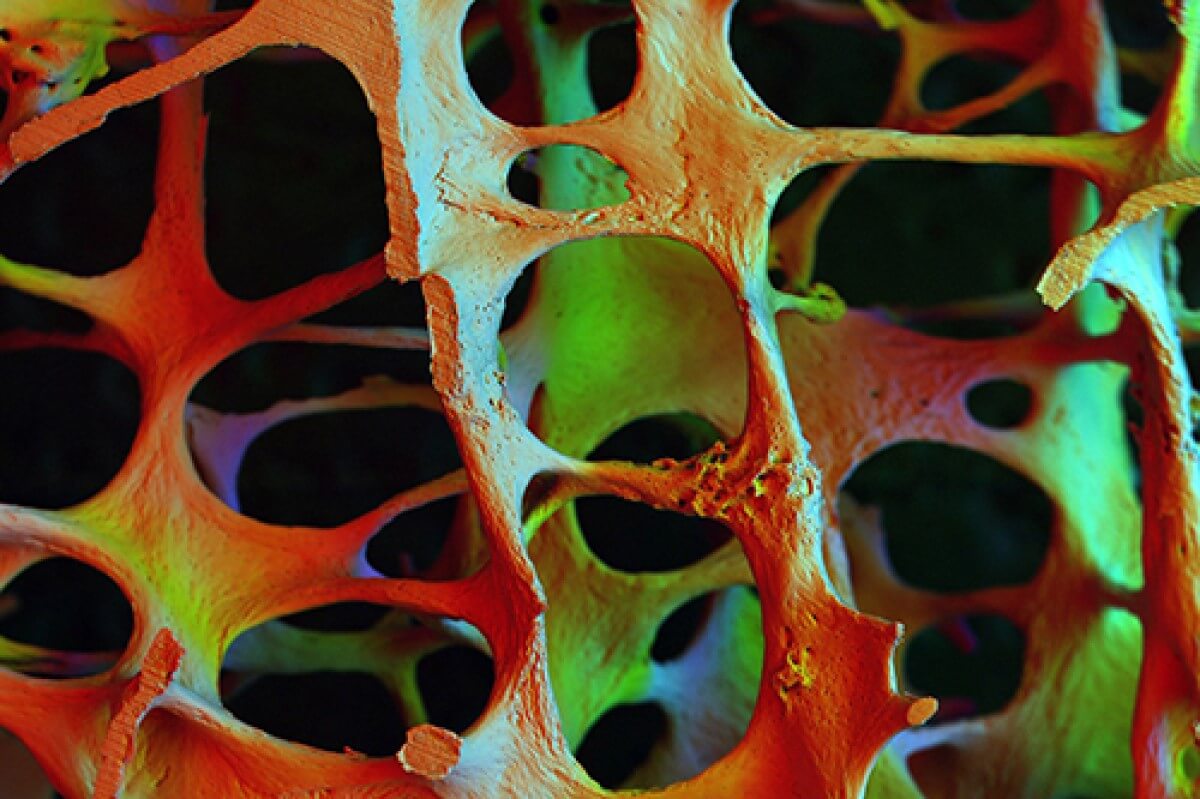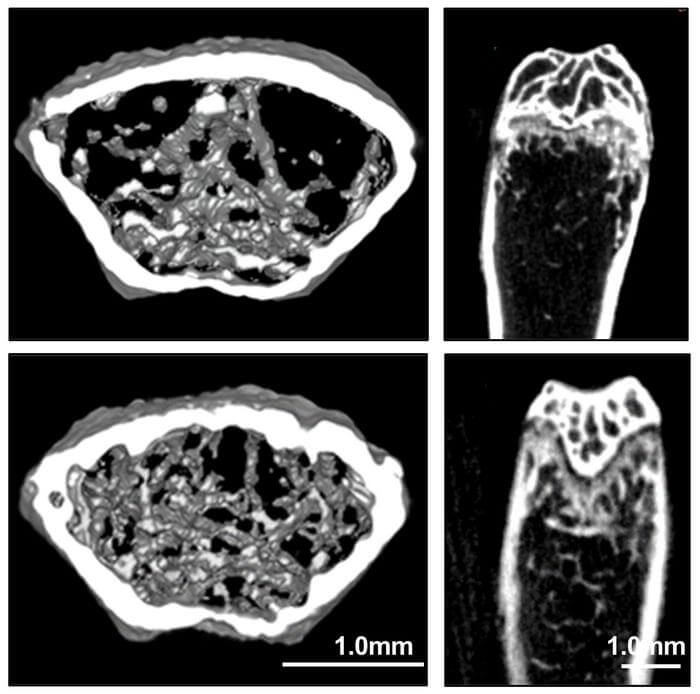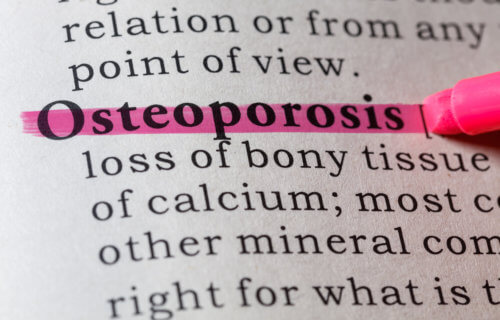BEIJING, China — Traditional Chinese medicine may have the cure for osteoporosis, however, doctors did not know about it until artificial intelligence pointed them in the right direction. A new study reveals that an antimalarial drug, which originates from traditional Chinese remedies, also has the ability to treat the common bone disease.
According to the Bone Health & Osteoporosis Foundation, roughly 10 million Americans have osteoporosis, and another 44 million have low bone density. Many remain unaware of their condition until they sustain a bone fracture. The rise of advanced AI technology is now providing a beacon of hope for these patients
Scientists are increasingly harnessing AI to predict potential treatments for diseases and swiftly repurpose existing medications. Utilizing a deep learning algorithm, researchers discovered that dihydroartemisinin (DHA) – a drug originally intended for malaria and derived from traditional Chinese medicine – might also serve as an effective remedy for osteoporosis. This conclusion came after a Chinese research team demonstrated that DHA effectively combated bone loss associated with osteoporosis in mice.
Researchers working with the American Chemical Society explain the dynamics of bone health. In healthy individuals, a balance exists between osteoblasts (cells that form new bone) and osteoclasts (cells that degrade bone). Osteoporosis emerges when osteoclast activity overshadows osteoblast activity, leading to significant bone loss. This condition predominantly affects the elderly. Existing osteoporosis treatments mainly target curbing osteoclast activity.

However, focusing on osteoblasts, specifically their precursors known as bone marrow mesenchymal stem cells (BMMSCs), might offer a novel therapeutic angle. Osteoporosis causes these versatile cells to morph into fat cells, but they could be redirected to counter the disease.
Earlier, the same researchers crafted a deep-learning algorithm capable of predicting the efficacy of specific drugs in reversing osteoporosis-related gene expression alterations. In their latest research, published in ACS Central Science, they employed this algorithm to unearth a new osteoporosis treatment centered on BMMSCs.
When the researchers applied the algorithm to gene expression profiles from newborn and adult mice, DHA emerged as a top-ranked compound. This compound, a derivative of artemisinin, plays a pivotal role in malaria treatments.
The Peking University team reported that after administering DHA extract to osteoporosis-afflicted mice for six weeks, there was a marked reduction in bone loss, and their bone structure was largely maintained. To optimize the drug delivery, they crafted a system that utilized DHA-infused nanoparticles for injection.

Mice with osteoporosis who underwent this treatment had bone conditions comparable to a control group, and no toxicity was evident. Additional testing revealed that DHA enhanced the stem cell quality of BMMSCs, resulting in increased osteoblast production. The researchers believe that DHA offers a promising avenue for osteoporosis treatment.
You might also be interested in:
- Eating Jarlsberg cheese daily may improve bone health without raising cholesterol
- 200 repurposed drugs offer hope for preventing, treating COVID-19
- Traditional Chinese medicine reduces hospitalization risk, cardiovascular deaths among heart failure patients

South West News Service writer Stephen Beech contributed to this report.
